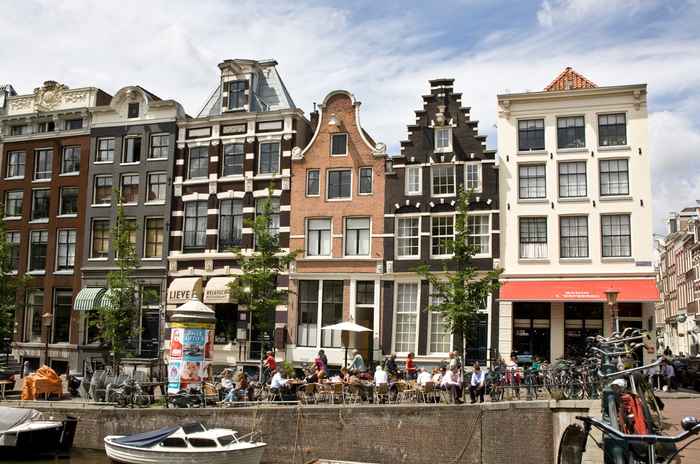The Resilience of the Amsterdam Canal Belt - By Prof. Robert Kloosterman & Prof. Ewald Engelen
Publication date 23-09-2013
The façade of the houses along the Amsterdam canals seems to have changed little in four centuries. Behind the doors, however, things are quite different. It is not just that the interiors are very different, but, even more important, significant shifts in the economic activities have taken place.
